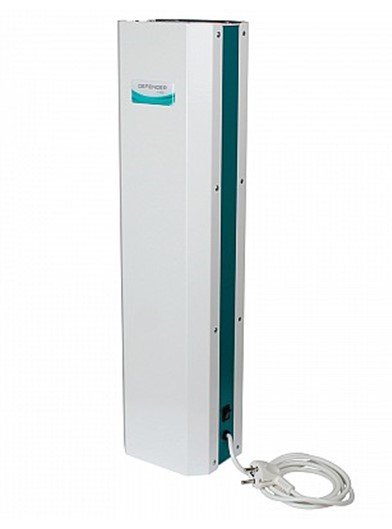China set a record for meat imports

By March , CHINA set a record for MEAT imports, reaching 2.56 million tons in the first quarter of the year. A new strain of the ASF virus has affected the pig sector, resulting in an increased shortage of animal protein in the domestic market.
This new strain is estimated to have killed up to eight million pigs since the beginning of the year. The outbreak is likely to put additional pressure on China's domestic pork production, forcing consumers to supplement shopping carts with imported meat as a substitute.
Although domestic pork prices have declined in recent months, import volumes are expected to remain high and supply deficits will persist through the end of the year. China 's meat imports in the first three months of the year reached 2.56 million tons, up 21% from the same period last year, according to MLA. So far, China has been able to keep the spread of covid-19 infection at a very low level, with reported cases mostly due to arrivals from overseas, although there were 25 cases of domestic transmission on May 17.
China's Ministry of Commerce statistics show that China's catering sector revenues have recovered to pre-COVID levels by December 2020. This rapid growth in sales has been driven by innovations in online and offline business models that have been accelerated by the impact of the pandemic.
Consumer spending on premium retail goods and out-of-home dining was supported by an increase in per capita disposable income, which rose 12.3% for urban households in the first quarter of 2021, compared with 1.2% for the whole of 2020. According to China's National Bureau of Statistics, demand for beef and mutton remains high. While pork prices in China were 21.4% lower in April compared to the same period last year, beef prices were 4.1% higher and mutton prices were up 9.4% over the same period . The rise in prices was also supported by reduced volumes of supplies from major exporters such as Brazil and Australia.
Supermarket retail sales growth remained strong in Q1 2021 at 7.1% year-on-year compared to 3.4% in 2020. This was driven by an increase in online food sales, which grew by 30% in the first quarter of 2021 compared to the same period last year.
Read together with it:
- Боливия экспортирует говядину на сумму 797 миллионов долларов и вводит новые цифровые сертификаты для внешней торговлиЭкспорт говядины из Боливии в период с 2021 по 2025 год достиг 797 миллионов долларов. Китай является основным рынком сбыта этого мяса, на который приходится 74% продаж, сообщила Карина Серрудо, генеральный директор Национального таможенного управления. Параллельно с этим ведомство включило сертификат безопасности экспортных пищевых продуктов для говядины в систему «Единое окно для внешней торговл...
- Поголовье свиней в Бразилии продолжает растиТакже наблюдался рост убоя свиней на 1,2%, достигнув рекордного уровня в 2024 году, хотя рост сектора замедлился. Экспорт свинины также достиг исторического максимума. По географическому распределению Толедо (штат Парана) сохранил лидерство по производству свинины среди 5487 муниципалитетов, где ведётся свиноводство, на долю которого приходится 2,2% от общего поголовья (95......
- Bloomberg узнал о плане G7 значительно ужесточить санкции против РоссииНовый пакет санкций будет включать меры, в частности, против энергетики, финансов и военной промышленности, а также крупнейших нефтяных компаний России. Разработку пакета G7 планирует завершить в октябре, выяснил BLOOMBERG Страны «Большой семерки» (G7) приближаются к соглашению о значительном ужесточении санкций в отношении России, сообщает агентство Bloomberg со ссылкой на проект заявления. «Мы с...



























































